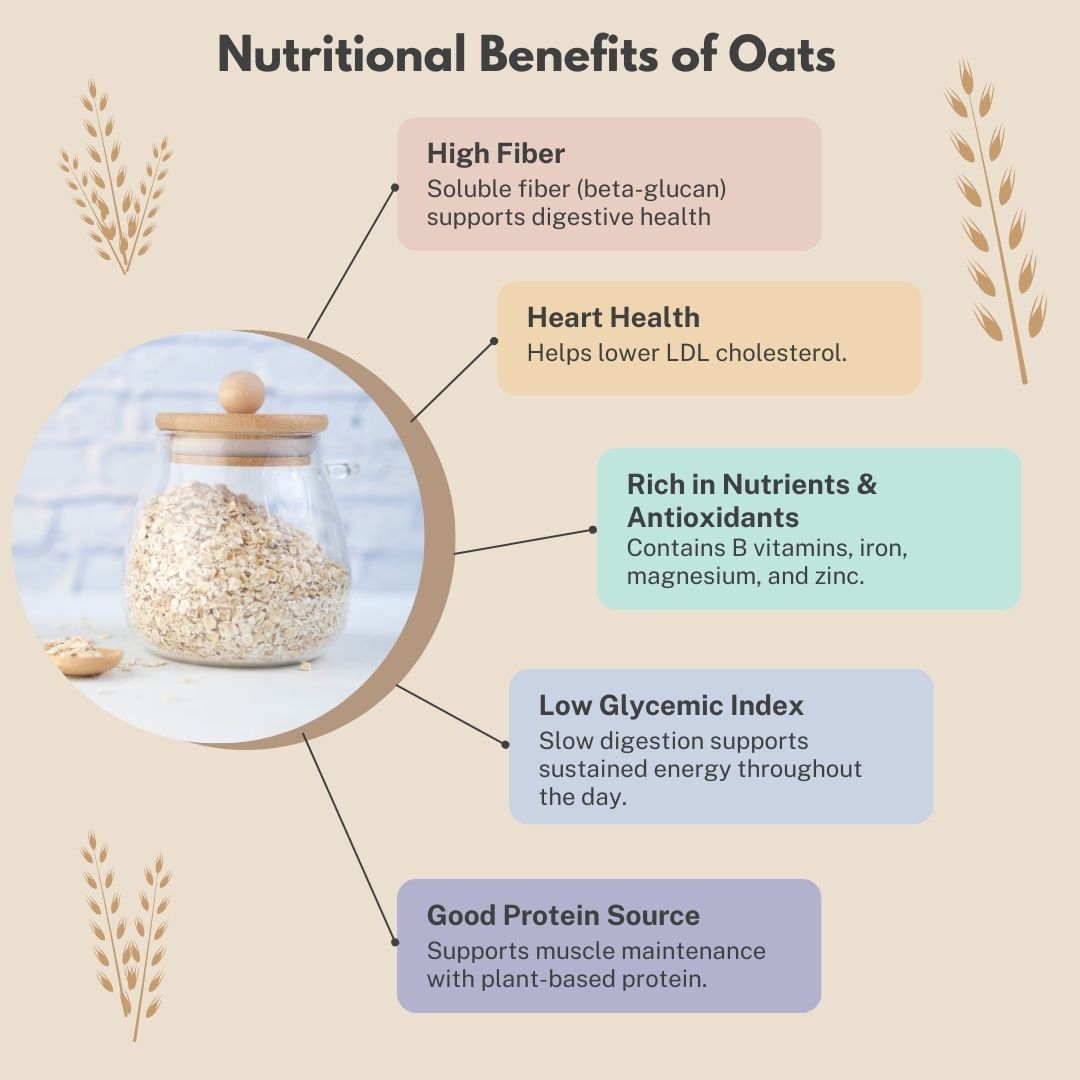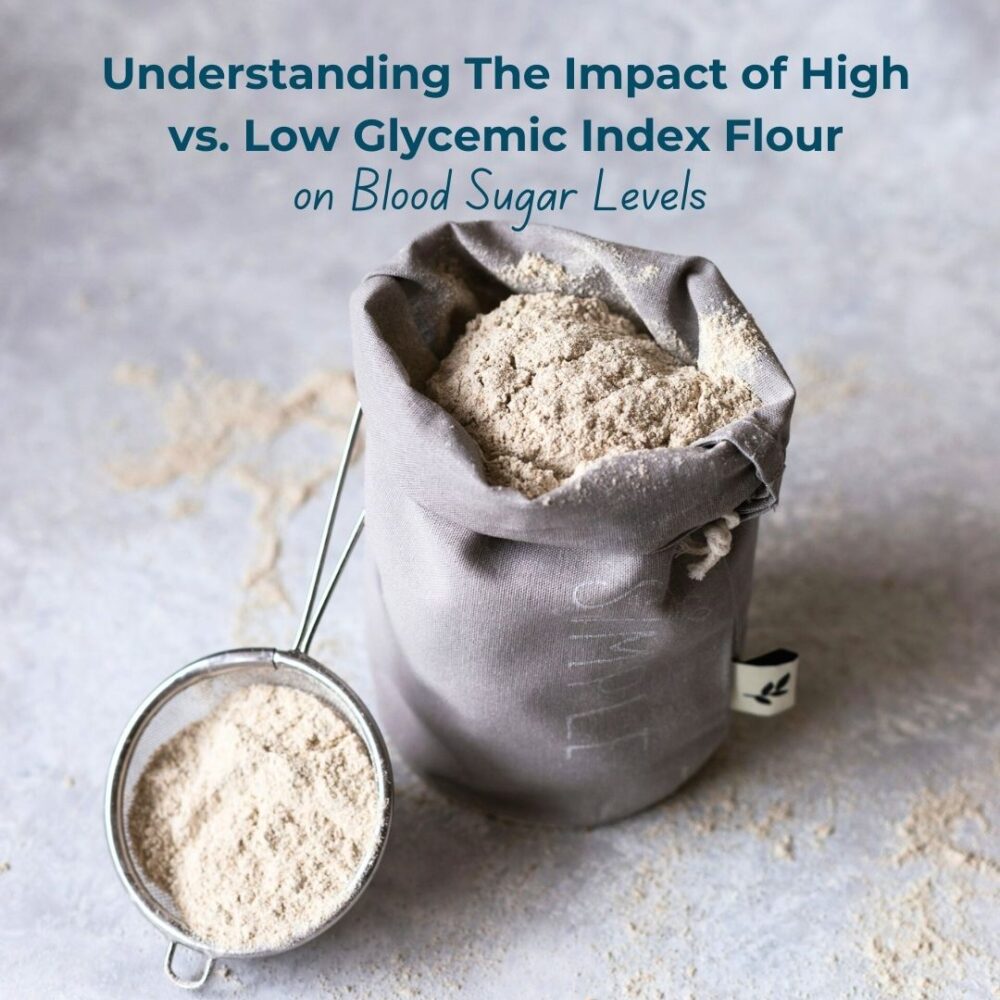Well now, if you’re wonderin’ ’bout that glycemic level of oat flour, lemme tell ya, it’s a bit lower than what you might think. Oat flour’s glycemic index (GI) is around 25, which makes it a low-GI food. Now, what’s this GI thing? Well, it’s a number that tells you how fast a food raises your blood sugar. Foods with a high GI, like white bread or potatoes, can make your blood sugar spike up real quick, which ain’t always good. But foods with a low GI, like oat flour, raise it much slower, so it helps keep things steady in your body.
Now, don’t go thinkin’ that just ‘cause oat flour has a low GI, it’s all the same as regular flour. Oat flour’s got some better stuff in it, you see. It’s got more protein and fiber than regular ol’ white flour, which is good for your body. And don’t forget, it’s also got a little bit more minerals in it too, so it’s a bit of a healthier choice when you’re bakin’ things like bread or cookies. So, if you’re tryin’ to eat better, oat flour’s a good pick!

Why is oat flour a good choice?
- It’s got a low glycemic index, which means it won’t spike your blood sugar too much.
- It’s high in fiber, which helps with digestion and makes you feel full longer.
- It’s got more protein than regular flour, so it can help with building muscles.
- It’s lower in calories, so it’s a better choice if you’re watchin’ your weight.
- Even though it’s higher in fat, it’s a healthy fat that helps you absorb important vitamins and minerals.
Now, some folks might be wonderin’, what’s the deal with glycemic load (GL)? Well, GL tells ya how much of an effect a food’s gonna have on your blood sugar, based on both the GI and how much of the food you’re eatin’. For oat flour, the glycemic load is about 3.0, which is also considered low. So, that means even if you’re usin’ a fair amount of oat flour in your cookin’, it won’t give ya that big ol’ sugar spike like some other foods might.
How much oat flour should you use?
If you’re usin’ oat flour to bake, 100 grams of it’ll give you about 68 calories and around 12 grams of carbs. But it’s also got a couple grams of protein, which is helpful when you’re makin’ things like pancakes or muffins. It’s light, so it won’t weigh your food down like whole wheat flour might. And it’s a good option for people who might be tryin’ to keep their blood sugar level in check.
Comparison with other flours:
- Oat flour has a GI of 25 – low and steady.
- Almond flour has a GI that’s almost non-existent – it’s under 1!
- Wheat flour, on the other hand, has a GI of 71 – that’s pretty high, folks!
- Coconut flour has a GI of 45, so it’s a bit higher than oat flour but still on the lower side compared to wheat flour.
Now, I know some of ya might be thinkin’, “Why not just use white flour or some other flour?” Well, truth be told, oat flour’s got more good stuff in it, and that little extra bit of fiber and protein can really make a difference, especially if you’re lookin’ to keep that blood sugar steady. So, it ain’t just about the taste, it’s about what’s good for your health too. Especially if you got diabetes or somethin’ like that, this can help you manage your sugar better.
Final thoughts:
All in all, if you’re lookin’ for a flour that won’t mess with your blood sugar too much, oat flour’s a real good choice. It’s got a low glycemic index, a low glycemic load, and it’s packed with fiber and protein to boot. So, whether you’re bakin’ up a batch of cookies or makin’ bread, think about usin’ oat flour instead of regular ol’ white flour. It’ll help keep your blood sugar steady and give ya a healthier, lighter option in your meals.

Tags:[Glycemic Index, Oat Flour, Low GI Foods, Healthy Baking, Blood Sugar, Oat Flour Benefits, Baking Flour Choices]